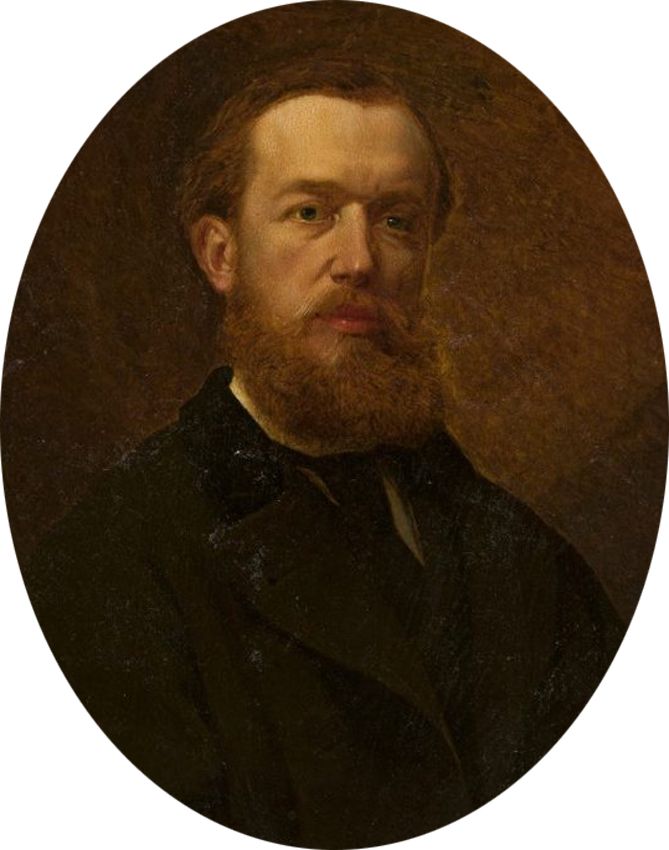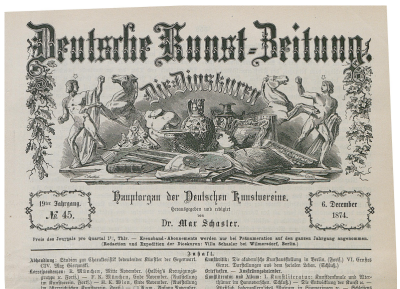Maksymilian Gierymski
Mediathek Sorted
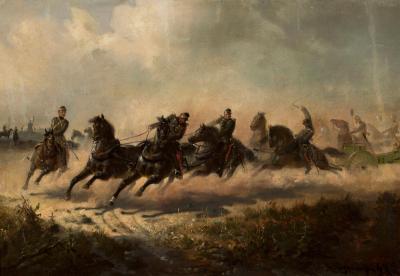
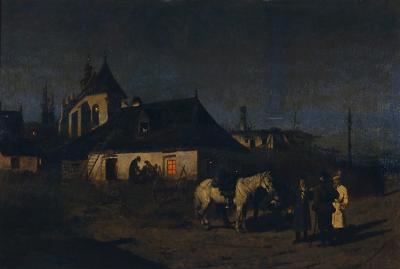
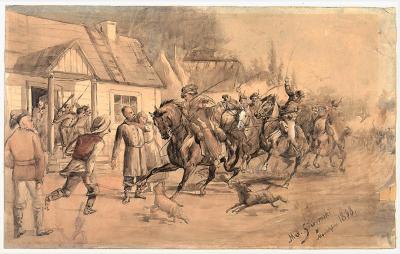
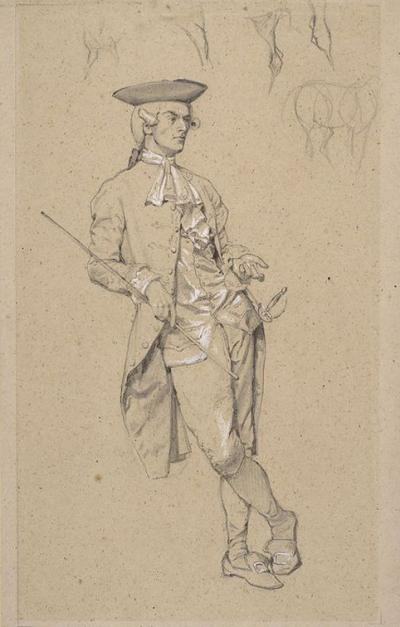
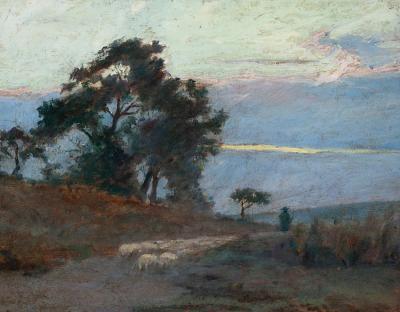

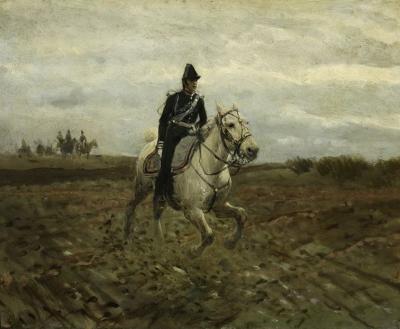
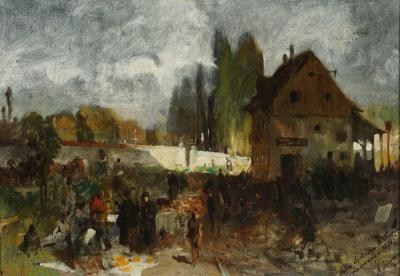
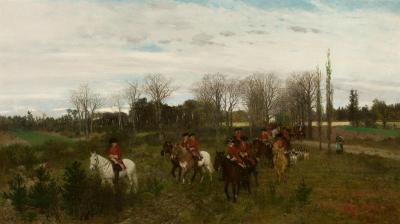
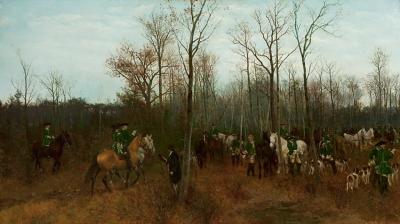
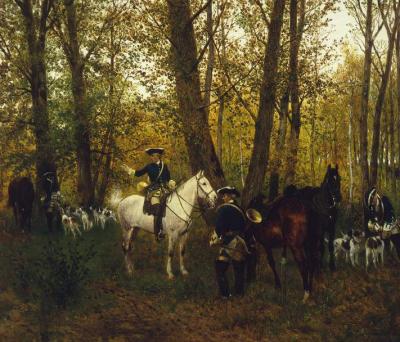
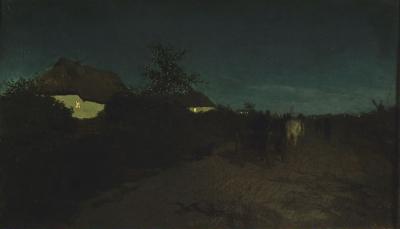
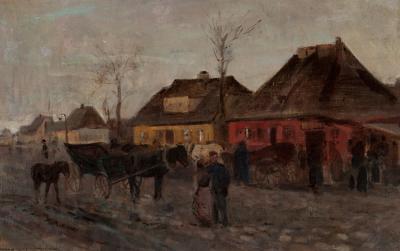
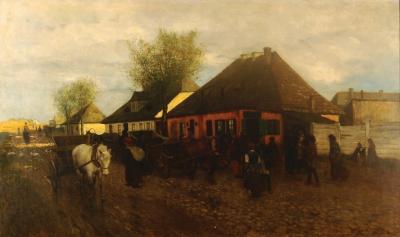
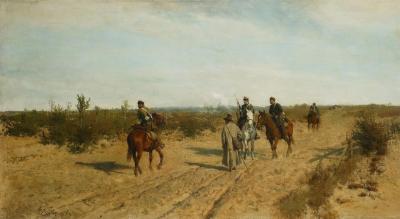
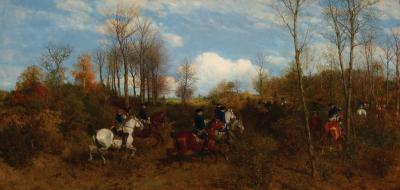

Maksymilian Gierymski was born in Warsaw on 9th October 1846. He was originally supposed to follow a course in technical studies. His father Józef (1800-1875) worked in the administration building of the Armed Forces and was head of the military hospital in Ujazdów. In 1862, after completing his studies at the grammar school in Warsaw in 1862 Maksymilian began a course of studies at the Department of Mechanical Engineering in the Institute for Polytechnics, Agriculture and Forestry (Instytut Politechniczny i Rolniczo-Leśny) in Puławy, but after a few months he moved to the Technical University. Shortly afterwards, during the January uprising in 1863 the seventeen-year-old joined an insurrectionary unit to fight against Russian rule. For almost a year he fought in the region between Lublin and Kielce. After the insurrection was put down he managed to avoid persecution by the Russian authorities, and began to study in the mathematics/physics faculty in the Szkoła Główna Warszawska, a college in Warsaw that ceased to exist in 1869. In 1865 he began studying drawing under Rafał Hadziewicz (1803-1883) in the drawing class (Klasa Rysunkowa) that had been set up only that year. (The School of Fine Arts (Szkoła Sztuk Pięknych) had been closed down in 1864 because of the students’ participation in the January uprising). However Gierymski was so dissatisfied with his lessons that he decided to teach himself from then on, and finally made contact with Juliusz Kossak (1824-1899), a painter specialising in horses and hunting scenes who introduced him to painting techniques.
In 1867 with the help of the Russian Governor of Poland who was a fervent supporter of young Polish artists, he was awarded a two-year state grant to study at the Munich Academy of Arts. He matriculated in the antiquity class given by Alexander Strähuber (1814-1882), apparently to improve his drawing ability initially. After that, until October 1868 he studied under the historical painter Hermann Anschütz (1802-1880), his assistant Sándor (Alexander) Wagner (1838-1919) and – together with Juliusz Kossak, who had arrived in Munich in that year – in the private painting school run by Franz Adam (1815-1886), a specialist in horses and battle paintings. Józef Brandt (1841-1915), the most important Polish painter in Munich had also studied under Adam. In later years eight other Poles, including Jan Chełmiński (1851-1925), also attended the same school. Not the least because of a recommendation by Kossak, Gierymski was quickly accepted into the artistic circle around Brandt, who had studied at the Academy under Carl von Piloty (1826-1886) and had his own workshop since 1866. In May 1868 Maksymilian’s younger brother Aleksander arrived in Munich. He had previously also studied drawing in Warsaw under Hadziewicz , and from now until 1872 he continued his studies at the Academy under Strähuber, Anschütz and Piloty. In 1868 Maksymilian became a member of the Munich Art Club and henceforth he was able to participate in exhibitions, sales and prize draws of paintings, organised by the club.
After a comparatively short period of study – he was just twenty-three – by 1868/69 Maksymilian Gierymski was a fully trained and talented painter, as shown by his surviving works from the period. He was not only capable of sketching out dramatic scenes of horsemen containing many figures (Ill. 3); his studies of figures are spotless in their poses, proportions and details, (Ill. 4). After making preliminary studies he was able to paint pictures that were known for their outstanding skill. He had at last found his theme: historic scenes, battles and above all pictures of horsemen like that of a Ulan delivering a dispatch during the November uprising in 1830. (Ill. 7). The presentation of the landscape in this early paintings already shows signs of a modern, almost Impressionist approach, schooled in open-air painting. It was not long before the artist scored his first success. In 1868/69 he was one of the painters in the series of “Munich Illustrated Broadsheets“, a collection that had been published every two weeks since 1848. Gierymski’s works featured wood engravings on the themes of “Pictures from Russia” and “Polish costumes”. In 1869, at the 1st International Art Exhibition in the Munich Glaspalast he exhibited two paintings, “Spinning Room in Poland“ and “Duel between Tarło and Poniatowski“, a scene that had taken place in 1744 between the warlord Adam Tarło and Count Kazimierz Poniatowski; this is one of his “character studies in 18th-century costume” (Ill. 4). In the style of historic themes, from 1870 onwards he painted a huge number of hunting scenes in uniforms from the rococo period, that are simultaneously scenes of the Polish landscape bathed in light (Ill. 9-11, 16). Equally in 1869 he took part in the 1st Major International Art Exhibition in the Vienna Künstlerhaus, at which he sold a work to the Austrian Imperial House.






















































































